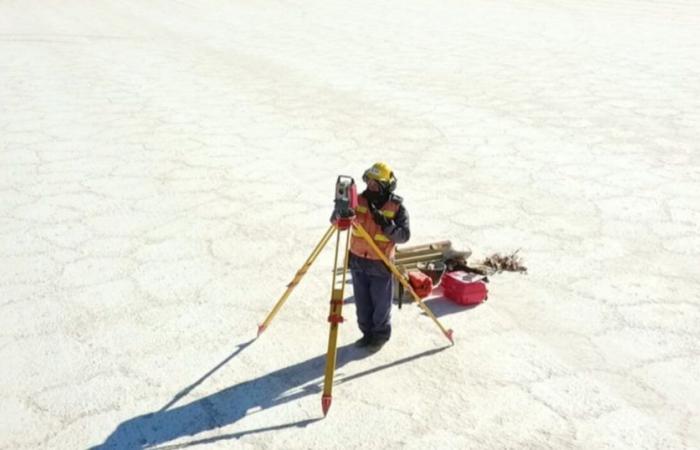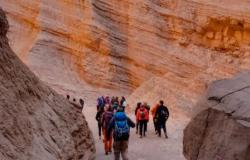Still not wanting to raise their voices, some Salteño businessmen began to warn of counterproductive consequences for local SMEs due to the exponential increase that was applied this year to the rates that govern mining activity in the province.
The biggest concern is that the increases in mining taxes, which reach 266 thousand percent in some items, leave Salta companies out of business and, in contrast, favor large investment groups.
The increase in mining rates was approved by the Legislature at the end of last year, the Government enacted that law this January and in February the new prices began to take effect.
The provincial fee for a search permit for a possible mining site, for example, cost $4,950 and is now $13,200,000. It is a 226.268% increase. After that exploration phase, the acquisition of a vacant mine went from $132,000 last year to $29,700,000 today. If the mining project advances, the easement fee, which is requested to set up a camp, to obtain water or build a road, among others, also rose to $13,200,000.
Increases were also applied for third category mining (aggregates is one case). The quarry permit increased by 66,644%. It cost $4,950 and now $3,300,000.
According to what businessmen consulted explained to this newspaper, who preferred to keep their identities confidential, the impressive increase in mining service rates in the province will have among its effects a loss of competitiveness of Salta mining compared to Catamarca and Jujuy, which have much higher costs. lower in these taxes. Vital mining exploration tasks, which are generally carried out by small local companies, could also be paralyzed.
“There could be a scenario of judicial presentations for unconstitutionality appeals,” said the owner of an SME in Salta. “Mining rates are not taxes, they are fees. And they have to have a correlation with the service that is provided. If the rates increased by 200 thousand percent, the service they provide must have increased in the same proportion. And not only It did not increase in that same proportion, but it is getting worse,” he said.
Reasons
The provincial government and legislators argued that the increase in mining rates was arranged to “attract investors committed to the development of the sector and prevent speculative actions.” Those speculations, by the way, existed. They consisted, in some cases, of the sale of mining area concessions by people who had nothing to do with the activity.
“This measure is essential, since no adjustments have been made since 2000, and its purpose is to encourage genuine investments,” they insisted after the regulations were promulgated at the beginning of the year.
Strictly speaking, what was changed is the number of tax units that are applied for the rates associated with mining services. Thus, in the search request the rate went from 50 tax units to 400,000.
“This adjustment seeks to attract investors committed to mining development,” they stated.
On this principle, one of the businessmen consulted agreed, although he criticized that the “thread was cut at its thinnest.”
“They did the easiest thing and what also generates revenue, which is to increase the rates to the stratosphere. I think we have to be a little more creative and look for other tools to stop speculation. One may be that the mineral samples that are due present are certified by laboratories and with a report from a geologist, to give an example,” he said.






